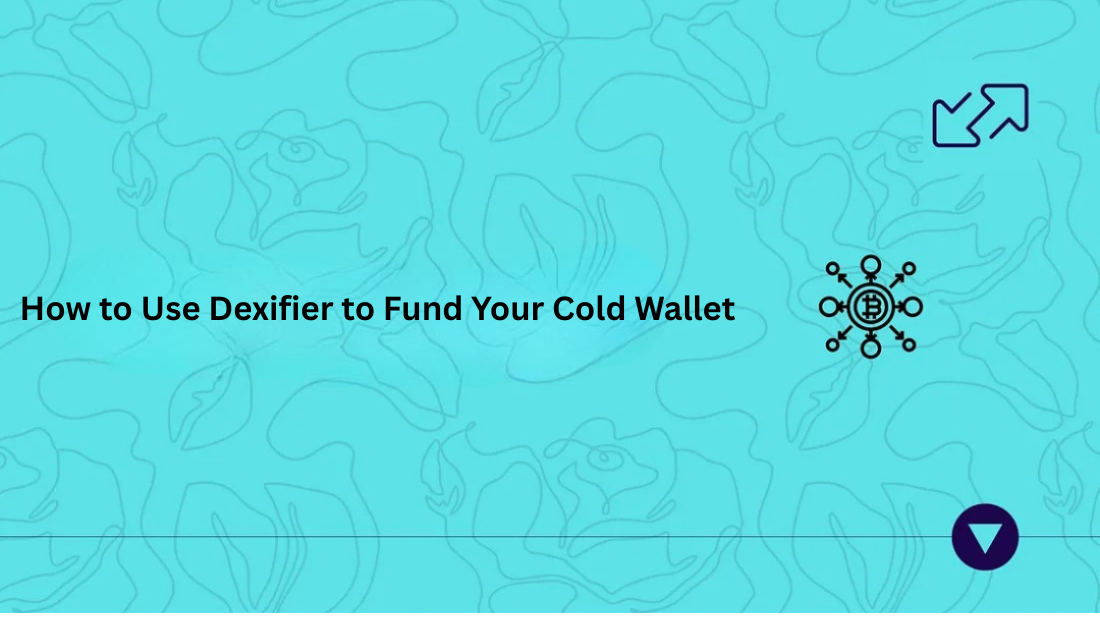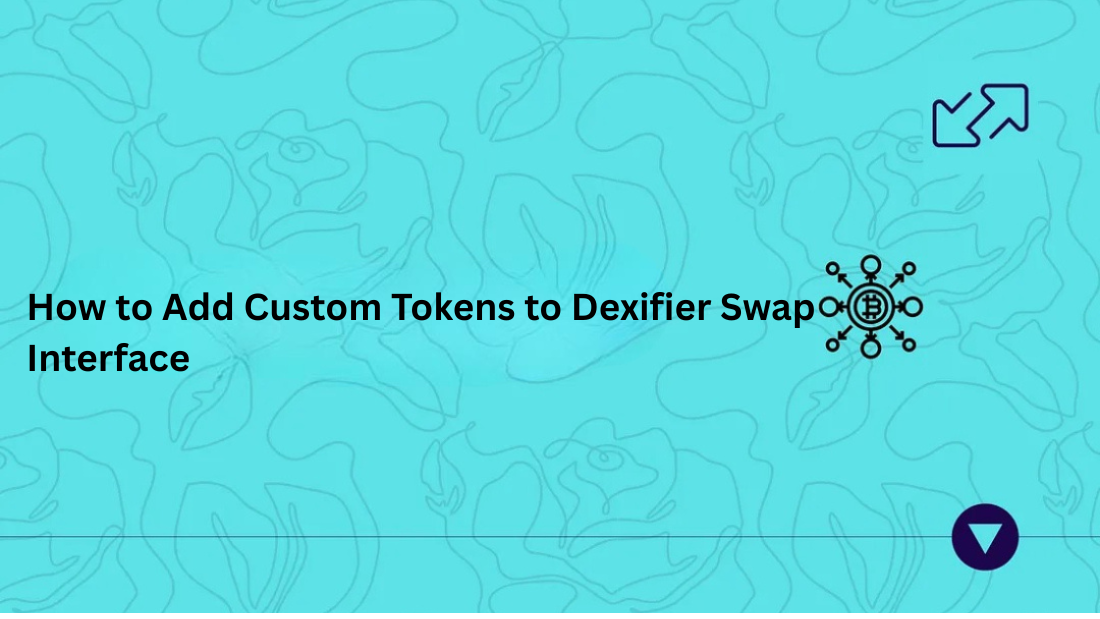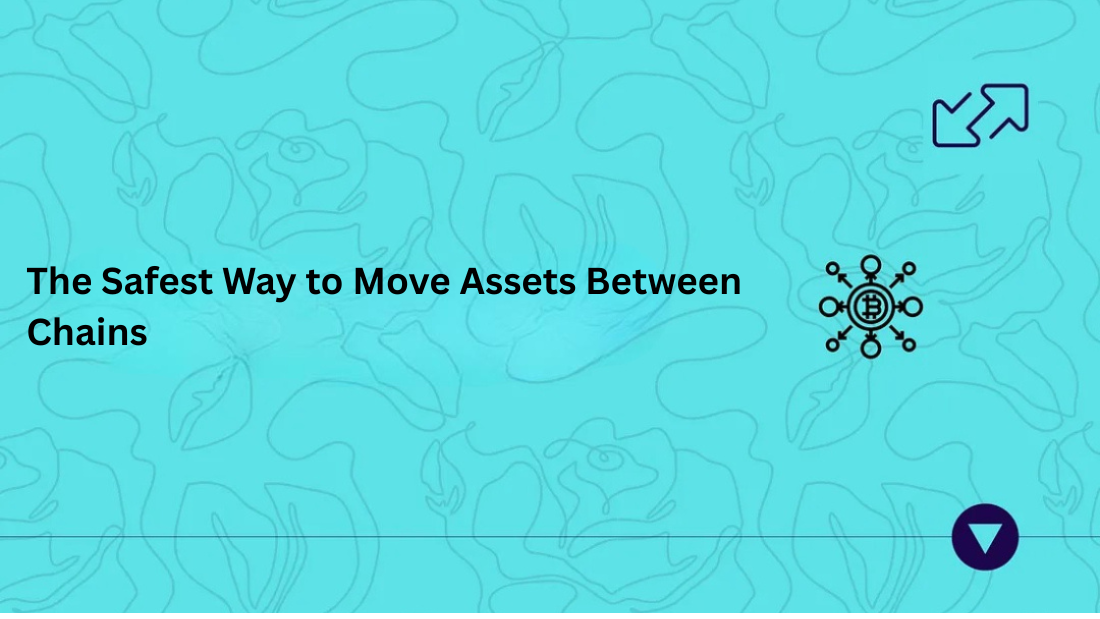Learn how Dexifier protects your crypto with strong security, transparent regulation, and smart insurance practices.Cryptocurrency exchanges have quickly become a go-to for buying, selling, and trading digital assets. As the market expands, these platforms serve as key entry points, yet they bring a major question: Are they secure? Understanding the safeguards—regulation, insurance, and user protections—is essential before trusting them with your assets.Whether you’re new to crypto or an experienced trader, keeping your investments safe is a must. In this article, we’ll examine what makes an exchange secure, how regulations and insurance play a role, how platforms operate, and how to choose one with confidence.By the end, you’ll have a clear view on how to securely engage with crypto exchanges in a fast-moving digital landscape.
What Is a Cryptocurrency Exchange?
A cryptocurrency exchange enables buying, selling, and trading of digital currencies—functioning like a stock market but for cryptocurrencies such as Bitcoin, Ethereum, and more. When you transact, the exchange connects buyers and sellers. Exchanges come in two forms: centralized (CEX) and decentralized (DEX).Centralized exchanges are run by a single organization that usually manages custody, security, and customer service. They’re user-friendly with feature-rich interfaces—think Coinbase, Binance, and Kraken. In contrast, decentralized exchanges run on blockchain networks, enabling direct peer-to-peer trading without an intermediary. This model enhances user control and privacy.Platforms like Uniswap and SushiSwap are prominent DEX options, though they can be tougher for newcomers and typically offer less customer support. Both types facilitate crypto trading, and your choice hinges on your priorities—whether you value convenience, privacy, or custody control.
What Is Cryptocurrency?
Cryptocurrency is a type of digital currency secured by cryptography. The most recognized cryptocurrency, Bitcoin, emerged in 2009 by the mysterious Satoshi Nakamoto. Cryptocurrencies run on decentralized blockchain networks, offering transparency and security. There are multiple kinds—like Bitcoin and Ethereum for value storage, XRP for payments, and Ethereum for smart contracts.Is crypto “real money”? In a digital sense, yes. You can use it to pay for goods, exchange it for other cryptocurrencies, or convert it to traditional currencies like USD or EUR. For many, profit from crypto comes from buying low and selling high. Others earn via staking, lending, or mining. Whether trading short-term or investing long-term, crypto offers diverse opportunities.
Is Cryptocurrency Safe or Legal?
As with any new tech, cryptocurrency raises concerns around legality and safety. The short answer: in most regions, it’s allowed—but regulatory situations vary. Some regions embrace it; others impose tight rules. It’s wise to check local laws before diving in. Crypto is volatile, and its history is short—meaning it can offer big rewards or steep losses. If low-risk is your priority, it might not fit your profile.Still, many investors have succeeded—particularly with Bitcoin and Ethereum—as DeFi expands. On the flip side, volatility and unregulated exchanges can cause sudden setbacks. There’s no full guarantee in crypto, so caution and research are your best friends. Crypto holds great potential, but it demands both ambition and awareness.
Are Crypto Exchanges Safe?
The safety of crypto exchanges varies by platform. To guard against hacks, fraud, or downtime, stick with reputable exchanges that emphasize security. Risks like cyberattacks, scams, or platform failures exist just as in traditional finance.Leading exchanges use features like two-factor authentication (2FA), encryption, and cold storage to secure assets. To further protect yourself, spread assets across platforms instead of keeping everything in one place. While no exchange is perfectly safe, platforms that prioritize security—like Dexifier—can significantly reduce risk.
Understanding Cryptocurrency Security
Crypto security covers a wide range of threats—from exchange breaches to phishing scams. It ensures your assets remain protected, whether stored in wallets or traded on exchanges.Common threats include phishing attacks that trick you into revealing private keys, exchange hacks, insider fraud, malware like keyloggers, DNS spoofs, and exit scams on DEXs. Exchanges such as Dexifier counter these with encryption, 2FA, cold wallets, and audited smart contracts. But remember: user vigilance matters. Always double-check URLs, avoid suspicious links, and never share your private keys. Even enabling two-factor authentication can be a substantial defense.
How to Protect Your Crypto Assets
Security is a shared responsibility between user and platform. Investing in hardware wallets is one of the best ways to keep assets off the internet and secure. Although platforms like Dexifier secure transactions, storing large amounts of crypto offline remains wise for long-term holdings.Additionally, choose wallets with advanced security—like biometrics and customized withdrawal approvals. Monitor account activity closely and act fast if anything seems off. Education is invaluable—stay updated on threats and best practices. Dexifier is committed to helping users stay secure and informed to safeguard their assets.
Top Tips for Choosing a Secure and Regulated Exchange
Selecting a crypto exchange is about more than convenience—it’s about security. Look for platforms that are licensed, comply with regulations, and show transparency. Check for clear fee structures, withdrawal limits, and supported coins. Beware of offers that seem too good to be true. Zo verify customer feedback and responsiveness to gauge a platform’s reliability.Exchanges such as Dexifier emphasize privacy and transparency without demanding intrusive sign-ups. Whether you're new to crypto or managing a diversified portfolio, choosing the right platform is the cornerstone of a safe and successful journey.
Are Crypto Exchanges Regulated?
Regulation varies globally. In the U.S., bodies like the SEC (securities), CFTC (commodities), and FinCEN (AML) oversee exchanges. In Europe, frameworks like MiCA under ESMA aim to standardize regulations. Other countries range from crypto-friendly to outright bans. Platforms like Dexifier provide freedom aligned with regional compliance, delivering flexibility and transparency.
Are Crypto Exchanges Insured?
Insurance is different in crypto. Unlike banks protected by FDIC, most exchanges don’t offer that level of deposit insurance. Some provide platform-level coverage for hacks, but this doesn’t always apply to individual accounts.That’s why Dexifier emphasizes user education, transparency, and strong security practices—not just insurance. While insurance is valuable, it’s not a replacement for solid security or choosing trustworthy platforms.
Are Crypto Exchanges FDIC Insured?
Typically, no—they aren’t covered like U.S. bank deposits up to government limits. Some platforms may offer private or SIPC-like insurance via custodial partners, but coverage can be limited. Always review terms and coverage.At Dexifier, we advocate for user control and awareness. While we explore custodial integrations, our core mission is to enable informed and sovereign asset management—whether that’s through self-custody or trusted platforms.
Crypto Risk Management for Exchanges
Crypto exchanges tackle risks from market swings, regulations, cyber threats, and errors. Smart platforms implement robust KYC/AML, strong governance, and regular audits. At Dexifier, risk management is viewed as the foundation of trust for traders and investors.
Role of Insurance and Security Audits
Insurance and audits build trust. Independent security assessments identify vulnerabilities, and insurance offers protection against breaches. Transparency reports reinforce user confidence—an approach Dexifier embraces by pursuing openness and validation.
Advantages and Disadvantages of Cryptocurrency
Crypto offers decentralization, fast global transactions, and growth potential—yet it also carries volatility, regulatory uncertainty, and a technical barrier for newcomers. Dexifier aims to make crypto more accessible without compromising privacy or user control.
How to Buy Cryptocurrency Securely
Buying crypto safely requires informed choices. Start by researching assets with active communities, real-world use cases, and credible teams. Don’t follow hype. Acquire through secure, regulated platforms like Dexifier. After buying, move crypto to hardware or secure software wallets, enable 2FA, track your accounts, and never share your keys. Security is a shared responsibility—between platforms and users.
Future Trends in Cryptocurrency Exchange Security
Emerging technologies like zero-knowledge proofs and multi-party computation are reducing trust reliance while strengthening security. AI is being used for real-time fraud detection, while global regulations (like Europe’s MiCA) are gaining clarity. Dexifier monitors these trends to build a future-ready platform.
Conclusion
Are cryptocurrency exchanges safe? They can be, but safety depends on regulation, insurance, security practices, and responsible users. A secure DeFi experience requires smart choices and ongoing learning.Whether you're just starting or building complex portfolios, Dexifier is here to support you with a platform built on flexibility, security, and control. Stay curious, cautious, and proactive—always.



